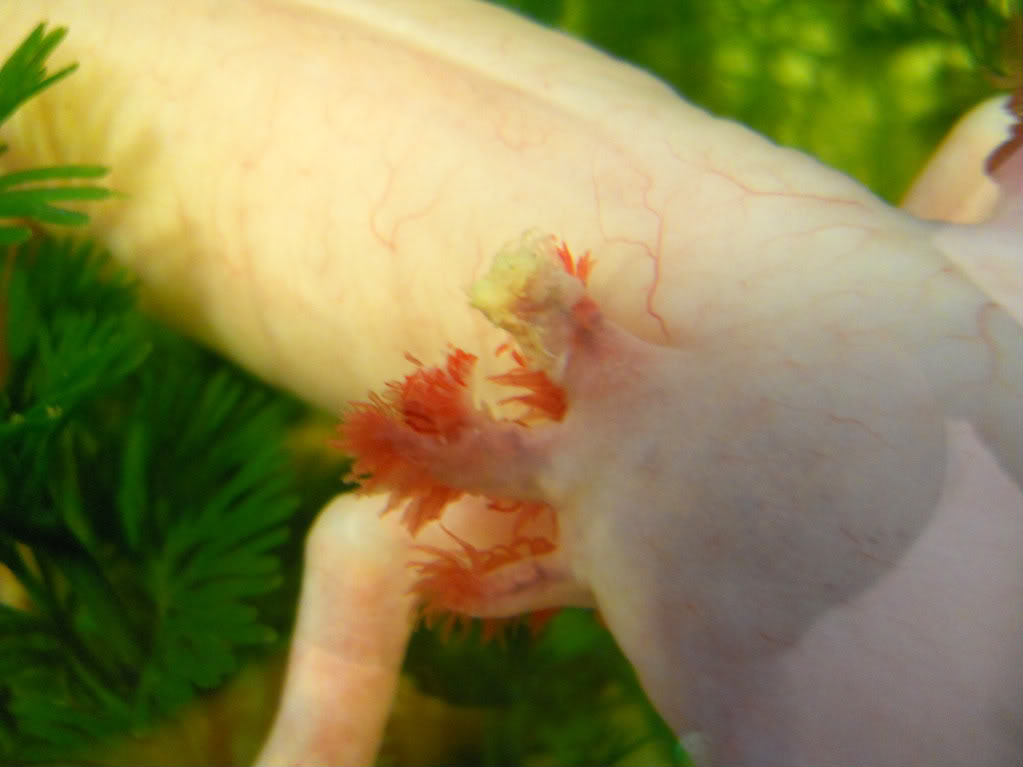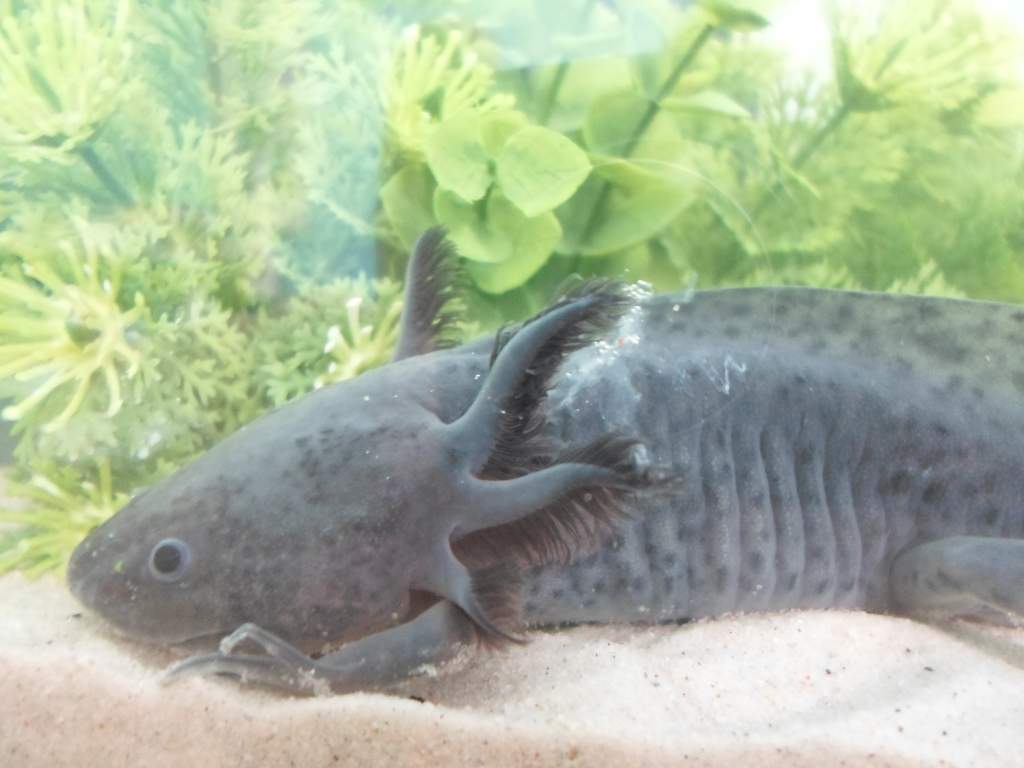Salt baths
How To Give An Axolotl A Salt Bath
Salt baths are recommended and seem to work well when done along with fridging. In order for this to work ideally and smoothly, your salt solution has to be the same temperature as the fridge water. You should not be fridging your Axolotl at 6 degrees and then suddenly place your Axolotl in a 20-degree salt bath. Salt baths work best for the fungi species that produce fuzzy or gray clumps on your Axolotl.


Preparing your solution
Concentrations of salt used vary from 4-6 grams/Liter to 10-25 grams per litre with exposure times of up to 72 hours for the low concentration and 10-30 minutes for the high concentration. The salt used MUST be non-iodized salt. Table salt has a compound added to prevent it from caking up, and it should not be used. Preferred types of salt are sea salt or freshwater aquarium salt (1) (available in our marketplace). Once the salt bath is complete the solution must be discarded. prepare a new solution for your next salt bath.
Eggs
At some times of the year, fungal spore counts are very high and fungal growth on amphibian eggs is a real problem. A filamentous or fuzzy white or gray growth is seen on and in the egg jelly. If treated early, before the fungus penetrates the embryo, the spawning can be saved. I have used this method on axolotl eggs.
- Prepare a clean container. 6 grams of salt per litre of dechlorinated water is sufficient for axolotl eggs. (This is approximately one quarter-ounce of salt per quart.
- Transfer the infected eggs by forceps (tweezers) to the hypertonic saline solution. When all the eggs are transferred, gently stir them around for 10 minutes.
- Then transfer them back to regular water. This can be repeated two or three days in a row.
- Removing the egg jelly after treatment is also helpful if you have a microscope and instruments available. (1)
Skin fungal infections
This can occur in contaminated wounds but are usually occur as a result of very poor conditions and in very stressed, immune-suppressed animals. The skin has tufts of gray or white filaments. Recommended salt concentrations vary widely. I have only had one animal with skin fungus, a mutant axolotl that also had other problems. In addition to treatment, the habitat should be disinfected and remade. A quarantine habitat should be used until treatment is complete. This type of treatment is the easiest to use for aquatic animals. Concentrations of salt up to 25 grams/litre have been used for brief treatments. Use the lowest effective salt concentration.
- In a clean bowl mix a salt solution of about 6 g/Liter.
- Place the animal in the salt bath for no more than 30 minutes.
- Wearing examination gloves, gently remove the fungus.
- Place your Axolotl back in its regular water.
This can be repeated on several continuous days, or every other day, for more stubborn infections. (1)
(1) http://www.caudata.org/cc/articles/salt.shtml
